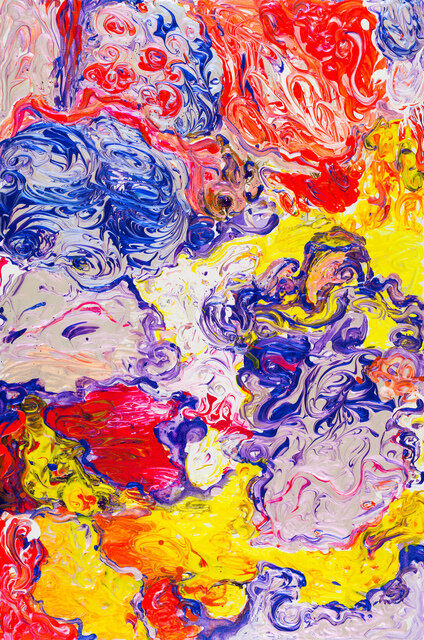The Italians have such wonderful things: La Dolce Vita!, gelato, language that tastes like candy, wines that make EVERYTHING taste like candy, birthplace of the Renaissance, and many, many, many, of art history’s most effusive terms. Everyone learns, in Art History 101, about contrapposto, a positioning of the legs as if one were mid-stride, found in sculpture dating as early as Ancient Greece all the way to modern-day, which serves to both create a dynamism of movement and also as a subtle balancing-tool. Italian can also claim chiaroscuro (a quality of light and dark in paintings), sfumato (a filmy, smoky-like atmosphere in other paintings), and finally, my favorite, impasto. Impasto describes the way that paint is built up, the texture of visible brushstrokes, the physical shape the paint takes as it is layered and scraped and piled onto a canvas. Impasto reminds me of taffy. Of delicate peaks of whipped cream. Of peanut butter plopped onto a piece of bread. Impasto proves that paint is not only a vehicle for imagery, but also a tool to shape that imagery in a tangible, three-dimensional way.
Simone Gad, detail
Painter cum performance artist cum actor, Simone Gad, understands impasto better than most and spreads layer after layer of acrylic paint (and glitter! Oh my god, glitter!), to give her paintings real heft and depth. The canvases are alive with color and shape that make me want to reach out and stick my hand in it to see what that world might feel like. She captures the kitsch and the neons and the vibrant textures of LA’s Chinatown with vivid and fearless abandon. Simone’s painting, Black Dragon Society, delights me, and it’s my pick of the week.
